Key Considerations in Camera Hardware Design
Now that technology is evolving so rapidly, embedded vision systems are increasingly
Now that technology is evolving so rapidly, embedded vision systems are increasingly

In embedded systems, camera product design faces unique challenges that can undermine image quality and system performance. Issues like chromatic aberration, autofocus failures, and image stitching latency are critical in applications such as drones, medical imaging, and multi-camera VR. Camera design engineering demands precise hardware tuning, custom firmware, and optimized software to overcome these hurdles. Using Yocto-based BSPs, engineers can integrate tailored drivers and algorithms for robust solutions. This blog details five camera-specific problems in camera design and their technical fixes, spotlighting image stitching. Chromatic Aberration in Lens Systems Chromatic aberration in camera design causes color fringing, degrading image clarity

Effective camera design for embedded systems hinges on robust thermal management to ensure reliability and performance. High-resolution image sensors and ISPs generate significant heat, especially in compact devices like IoT cameras or automotive modules. Overheating can degrade image quality, reduce sensor lifespan, or trigger system shutdowns. Camera design engineering involves selecting low-power components, such as CMOS sensors with efficient ADCs, and optimizing PCB layouts with thermal vias. Firmware-level controls, like dynamic frame rate adjustment, further mitigate heat. This blog explores thermal strategies for camera product design, critical for embedded applications. Sensor Selection for Thermal Efficiency In camera design, choosing a
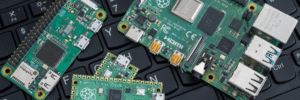
Understanding the Role of a Linux BSP A Linux Board Support Package (BSP) is a critical software layer that enables the Linux kernel to operate on specific embedded hardware. It includes bootloaders, device drivers, and configuration files tailored for a board’s processor and peripherals, such as I2C, SPI, or GPIO. Tools like Yocto and Buildroot simplify BSP creation by providing frameworks to customize kernels and filesystems. The BSP ensures hardware initialization and compatibility, reducing development time for applications in IoT, automotive, and consumer electronics. Without a Linux BSP, developers face manual integration challenges, delaying product launches. A robust BSP is

In the fast-paced world of embedded systems, an Android BSP (Board Support Package) is critical for deploying tailored Android solutions on diverse hardware platforms. From IoT devices to industrial systems and single-board computers (SBCs), Android BSP development ensures seamless integration between the Android operating system and custom hardware. This blog explores the essentials of an Android BSP, its technical components, and practical steps for developers to create optimized, hardware-specific Android solutions. What is an Android BSP? An Android BSP is a specialized software package that enables the Android operating system to run on specific hardware. It serves as an intermediary
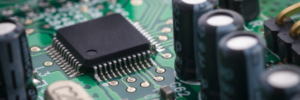
You’re designing a printed circuit board with high-speed signals. Suddenly, it’s not a question of simply putting pieces together anymore. It’s a question of getting your signals from point A to point B without delay, interference, or distortion. Welcome to high speed PCB design guidelines. Let’s break down the essentials you need to have a hassle-free and effective high speed PCB layout. Stack Up Layer Configuration Matters First and foremost, your PCB’s stack-up matters. A well-designed layer structure reduces noise and electromagnetic interference (EMI). Signal layers typically fall between power and ground planes. Why? Because it offers a good return

QNX is a commercial & safely certified Unix-like real-time operating system primarily
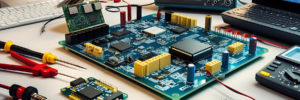
The foundation of many contemporary electronic products is deeply anchored in embedded hardware design since this is the essential parameter that governs the performance, versatility, and overall applicability of the technology powering the next-generation devices. It is also not about developing a physical system, but about developing solutions tailored to a constantly changing application space including IoT, automation, surveillance, and consumer electronics. The concept of specific hardware design is incredibly crucial because without it you can’t achieve the desired, unique, and highly efficient products. Embedded system hardware design is beyond common development approaches yet, in its application, it demands the
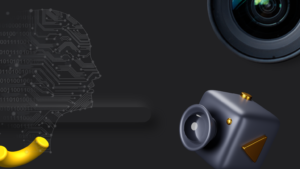
To know more about Google AOSP contribution visit – Click Here Designing the embedded camera products involves a combination of hardware and software in their development hence requires one to have a good understanding of the two. These complex cameras are used in numerous applications, including industrial applications such as medical equipment, automobiles, video conferencing, security systems, aerospace, and defense. Each domain presents specific conditions and challenges that have a direct impact on their design and development. For instance, medical applications need very detailed images for proper diagnosis while automotive applications need images that can be processed in real time
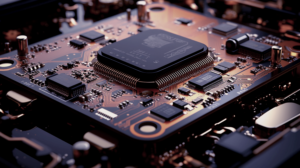
The functionality of ASoC (ALSA System on Chip) has been subdivided into
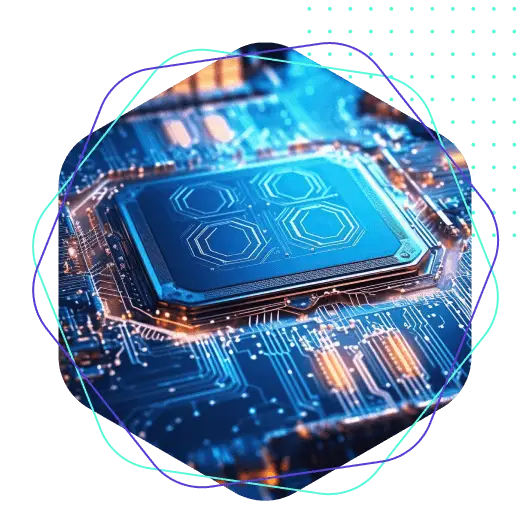
Silicon Signals empowers Digital Transformation for businesses and technology providers by delivering a consistent customer experience, increased business efficiency, and actionable insights via an integrated set of disruptive technologies such as data analytics, IoT, mobility, cloud, security, and unified communications
Info:
Sales:
Hiring:
Copyright © 2025 Silicon Signals All rights reserved. Terms Of Use | Privacy Policy